June 28 (Lunar calendar: May 11), 2023 Wednesday | Dawnxisoul393art
Our thoughts after watching the film "Nomadland":
The story of young director Zhao Ting began in the winter of 2011 when the Gypsum Board Company closed its 88-year-old plant in the town of Umpire, Nevada, due to a decrease in demand for gypsum board. This situation led to the loss of hundreds of local workers. To survive, they rushed across the country to create makeshift communities among transient people and spaces. The film documents these elderly Americans living in station wagons and trucks. Like previous generations of migrant workers, they migrate as seasonal, temporary jobs call. Fern, the film's protagonist, is one of them. After Fern loses her husband, she leaves town in an RV. What makes this film unique is that almost all of the people Fern meets on the road are genuine wanderers who are simply talking about their experiences.
illustrated by dawnxisoul393
This film, written and directed by Zhao Ting, is a "hybrid of documentary and fiction. Zhao Ting's footage includes both real nomads and the wanderers she encountered during filming.Fern is indeed a victim of the economic crisis, but she refuses to show the emotion of being "knocked down by life". These people no longer try to maintain what they once had, because the cost of "maintenance" is quite high. Instead, they focus on reducing their needs, but this way of life comes with dangers. For example, they may freeze to death in their cars and may not be able to get out of no man's land without a spare tire. Whether by choice of independence or forced helplessness, these people have become numb to the lure of career, possessions and class, and have turned to a high-risk factor to seek "freedom.
Fern is a prime example of someone who, in fact, has enough experience and ability to teach or be a manager. Fern's character also has some surprising details, such as sitting in a van practicing her flute and reciting Shakespeare's 18th sonnet for a young tramp. These acts help broaden our definitions of many words such as abandonment, poverty and vagrancy. The film also features memorable supporting characters and stories, such as seasoned travelers of Fern's age who guide Fern into a more thorough communion with nature and trauma. The best part of the film that shows the director's intention is the use of music. Every ten minutes, as the heroine's caravan moves down the road or she walks in the clearing, soft piano strings in the style of a television prose documentary appear.
Illustrated by dawnxisoul393
The theme music draws the lonely journey of this widowed, middle-aged, unemployed woman into an outwardly lyrical atmosphere. Accompanying the character's state in the splendid natural scenery, her journey is rendered by soft and lilting notes filled with unreal romantic emotions, giving a sense of beauty and tranquility. In the film, Zhao Ting chooses three iconic groups in the life of North American underclass society: the aborigines, the rural people who are gradually marginalized in modern society represented by western riders, and the perennial vagabonds. They represent the forgotten and even abandoned groups in the process of rapid development of American society. The film directly shows the background identity of the characters, their social class attributes and their awkward living conditions, and romanticizes and poetizes these originally realistic elements.
Although the main character has had a painful experience, she is very strong at heart and never willing to bow to fate. We never see Fern crying or giving up in the film. On the contrary, she prefers to wander around, because for her, she has no more roots. In fact, we need this spirit very much. If we have lost our jobs and our normal lives because of Corvidian-19, how should we go on living if we can't get back what we've lost? As the plot develops, we see that the heroine feels she has found her long-lost freedom. It is that forced departure that makes her realize that she has been imprisoned for years, and that she is like an escaped horse that doesn't even need to explain to anyone to live the life she desires.
Illustrated by dawnxisoul393
Zhao Ting seems to be very fond of the empty feeling of the American Wild West, whether it is the desert or the cliffs amidst the waves, and against these vast backdrops are small, beautiful personal stories that are heartbreaking. The film resonates because it seems to be a response to the turmoil and anxiety that has characterized the years since 2020. Many people, including ourselves, have been in a state of confusion for much of the time since 2020. We don't know what to do next, or what will happen tomorrow? This film attempts to reach a deeper level of truth by allowing real people to wax poetic about a glorified version of themselves.
Original by dawnxisoul393




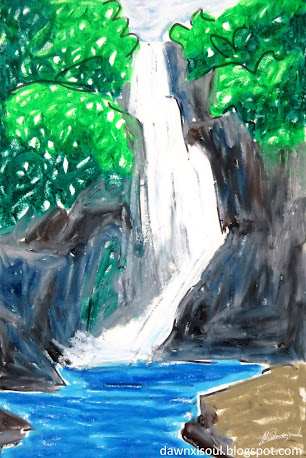
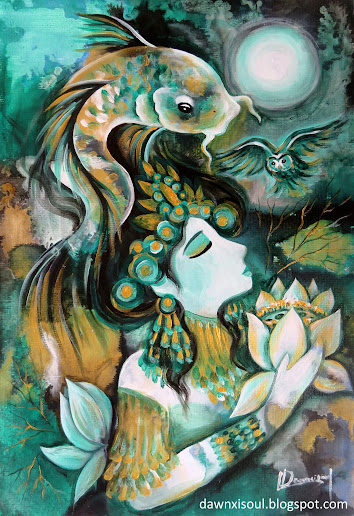

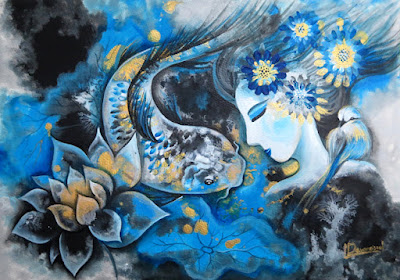
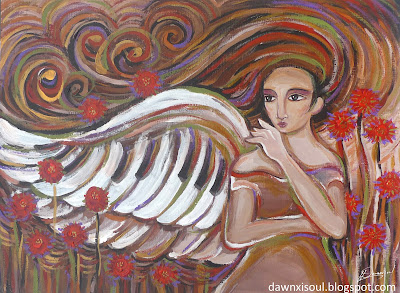
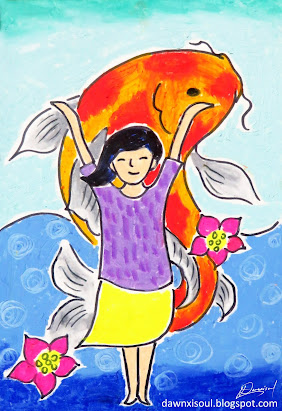


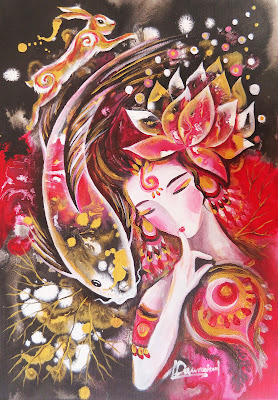
Comments
Post a Comment